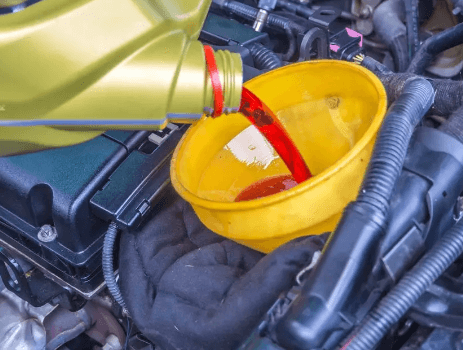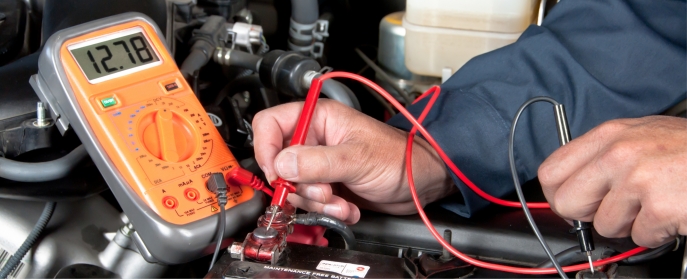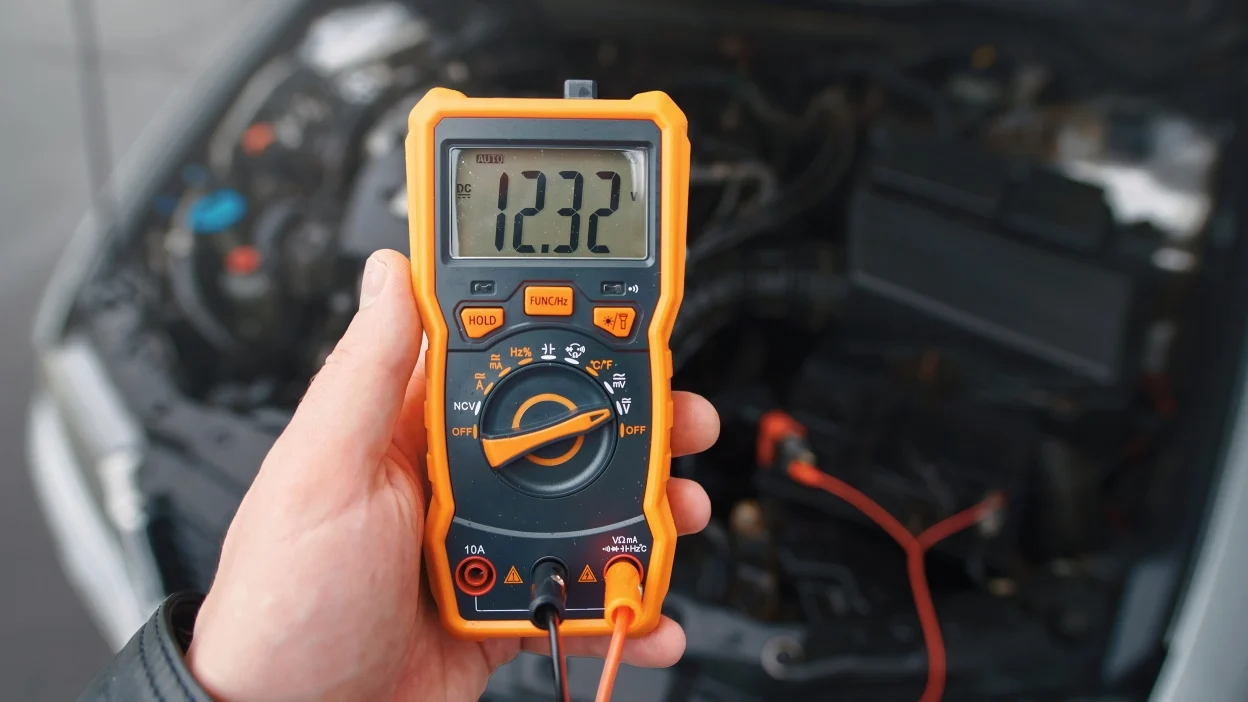When it comes to ensuring your vehicle runs smoothly, one of the most essential maintenance tasks is how to maintain your car’s transmission fluid. The transmission system is responsible for shifting gears and ensuring that power is transferred from the engine to the wheels efficiently. Without proper maintenance, your car’s transmission can suffer from severe damage, leading to costly repairs. In this post, we’ll walk you through everything you need to know about how to maintain your car’s transmission fluid to keep your vehicle in top condition.
Table of Contents
Why is It Important to Maintain Your Car’s Transmission Fluid?
Before we dive into the steps for how to maintain your car’s transmission fluid, it’s important to understand why it matters. Transmission fluid acts as a lubricant for the transmission’s moving parts, reduces heat, and helps with smooth shifting. Over time, however, the fluid can break down or become contaminated with dirt and debris, leading to poor transmission performance or even failure. Regularly checking and changing the fluid is key to prolonging the life of your transmission.
How Often Should You Check Your Car’s Transmission Fluid?
Knowing how to maintain your car’s transmission fluid also involves understanding how often you should check it. It’s a good idea to check the fluid level every 30,000 to 60,000 miles, depending on your vehicle’s make and model. Some manufacturers recommend checking the fluid every 15,000 miles, so consult your owner’s manual for specific guidance. If your car starts to experience shifting issues or unusual noises, it’s a good idea to inspect the transmission fluid more frequently.
Steps on How to Maintain Your Car’s Transmission Fluid
Now that you understand the importance of maintaining your transmission fluid, let’s dive into the steps for how to maintain your car’s transmission fluid:
- Check the Fluid Level The first step in how to maintain your car’s transmission fluid is to check the fluid level. To do this, locate the transmission dipstick under the hood. With the engine running and the car in park or neutral, pull out the dipstick, wipe it clean, reinsert it, and pull it out again. The fluid level should be within the recommended range indicated on the dipstick. If it’s low, top it off with the recommended type of transmission fluid.
- Inspect the Fluid Condition In addition to checking the fluid level, it’s essential to inspect the condition of the fluid. Healthy transmission fluid is typically a red or pink color and should have a slightly sweet or tart smell. If the fluid is brown, burnt, or has a strong burnt odor, it’s a sign that the fluid needs to be replaced. This is an important part of how to maintain your car’s transmission fluid.
- Change the Transmission Fluid Regular fluid changes are vital to how to maintain your car’s transmission fluid. Over time, the fluid can become contaminated or lose its effectiveness. Depending on your car’s make and model, you may need to change the fluid every 30,000 to 60,000 miles. When replacing the fluid, it’s important to use the manufacturer-recommended fluid to ensure optimal performance.
- Replace the Transmission Filter Some vehicles have a transmission filter that should be replaced regularly. This filter helps remove debris and particles from the fluid. When changing the transmission fluid, it’s a good idea to replace the filter as well to ensure that your transmission continues to run smoothly.
Signs That Your Transmission Fluid Needs Attention
Knowing how to maintain your car’s transmission fluid also means recognizing when the fluid needs attention. Here are some signs that your transmission fluid may be due for a check or change:
- Slipping gears: If the car slips out of gear or hesitates to engage, the fluid may be low or dirty.
- Unusual noises: Grinding or whining noises can indicate low or contaminated fluid.
- Delayed shifting: Difficulty shifting gears, especially from park to drive, can be a sign of transmission fluid issues.
- Overheating: If your transmission is running too hot, it could be due to dirty or low fluid.

Conclusion: How to Maintain Your Car’s Transmission Fluid
In conclusion, learning how to maintain your car’s transmission fluid is essential to keeping your vehicle in optimal working condition. Regularly checking the fluid level, inspecting its condition, changing it when necessary, and replacing the filter will help extend the life of your transmission. By staying on top of transmission fluid maintenance, you can avoid costly repairs and ensure a smooth, efficient driving experience for years to come.
Remember, always consult your car’s owner manual for specific recommendations on how to maintain your car’s transmission fluid, as different vehicles may have different needs. Take care of your transmission, and it will take care of you!
Related Post:
For additional tips on transmission care, check out our guide on How to change transmission fluid at home. This step-by-step tutorial will help you understand the process and keep your car’s transmission running smoothly.





Leave a Reply